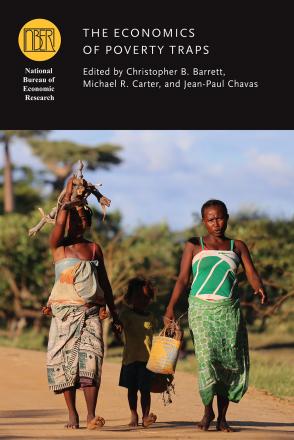Introduction to "The Economics of Poverty Traps"

While the world has seen much economic growth and poverty reduction over the last few decades, extreme poverty persists. It is important to understand how households accumulate assets and increase their productivity and earning potential, as well as the conditions under which some individuals, groups, and economies struggle to escape poverty, and when and why adverse shocks have persistent welfare consequences. This introductory chapter introduces an integrative model that frames a range of possible poverty trap mechanisms explored in more detail in the book’s other chapters. The model elucidates more commonly discussed poverty trap mechanisms (financial market failures, risk and undernutrition) as well as their interaction with less frequently discussed mechanisms, including mental health, aspirations and desires. All these features may lead to endogenous behavioral patterns that in equilibrium lead households not to take actions that would enable them to escape poverty over time. We emphasize how and why these effects can be heterogeneous across household types and economic/policy environments. We also explore the implications for the effectiveness of programs and policies designed to address persistent extreme poverty, such as cash transfers and microfinance.


